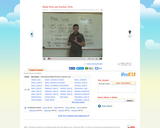
This video explains the definitions of modal and auxiliary verbs and how they can work together to make large verb phrases.
- Subject:
- English Language Arts
- Material Type:
- Lesson
- Provider:
- NeoK12
- Date Added:
- 02/26/2019

This video explains the definitions of modal and auxiliary verbs and how they can work together to make large verb phrases.
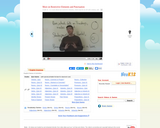
This video elaborates on the use of punctuation with restrictive and non-restrictive elements of sentences.
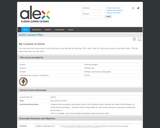
In this lesson, students will summarize information found in the Alabama Driver Manual and share their findings in a multimedia presentation. Students will be responsible for self-scoring and peer scoring the multimedia presentations.
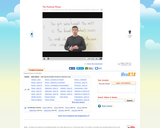
This video defines and demonstrates the use of nominal phrases.

Worksheets and lessons on nouns for various reading levels.
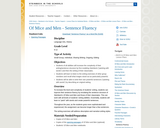
In this activity, students will work in small groups to increase the fluency and complexity of their writing and sentence structure by first modeling the first two paragraphs from Steinbeck's Of Mice and Men and then the writing of their classmates. They will focus on "painting with words." Lastly, they will integrate improved sentence structure into an original piece of writing based on their own experience in nature.
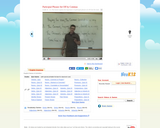
This video demonstrates the usage of commas to set off participial phrases in sentences.

This video demonstrates the usage of participial phrases as adjectives in sentences.

Grade level activities and tests on parts of speech.
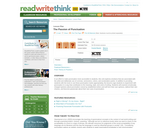
This lesson is designed to assist students with improving their use of punctuation to include: commas, semicolons, colons, and exclamation points. The lesson is designed to encourage students to focus on emotions and their connections with given forms of punctuation. By examining emotions, students gain the ability to better understand the different uses of various punctuation marks. The lesson includes multiple student handouts and examples. There are also pertinent extension activities attached.
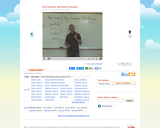
This video shows the difference in the way regular and irregular English verbs are conjugated to form past and present participle forms.

Students begin this multi-day lesson by reading letters to the editor in local, regional, or national newspapers, note common characteristics of the genre, and catagorize those characteristics. Next, they search to find news articles on topics that interest them. After choosing one on which to focus, students summarize the article, then use an online tool to write a letter to the editor. After peer editing them, students publish their letters and send.
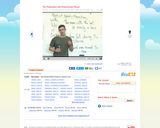
This video goes over basic information relating to prepositions - common misconceptions, a definition, and examples of usage.

This video continues to examine the use of prepositions in English.
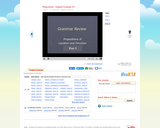
This video examines prepositions of direction that answer the question "where?"

Worksheets and lessons on prepositions for various reading levels.

This lesson teaches students about pronoun-antecedent agreement. Students work with a draft of their own writing to correct mistakes with agreement in their own writing.

In this lesson, students work in groups to become masters of specific elements of proofreading and revision. Then, groups are reformed so that each group contains one of each expert, allowing the new groups to revise each others' essays one element at a time.
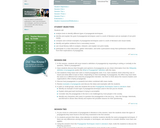
This lesson is designed to assist students through multiple sessions with identifying relevant propaganda techniques in literature, discussing persuasive elements found in print and non-print media and composing a persuasive essay. Lesson is appropriate for use with a provided list of novels to include Bradbury's Fahrenheit 451.
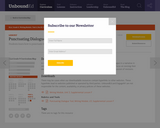
In this lesson, students will focus on editing their narratives for proper dialogue punctuation.